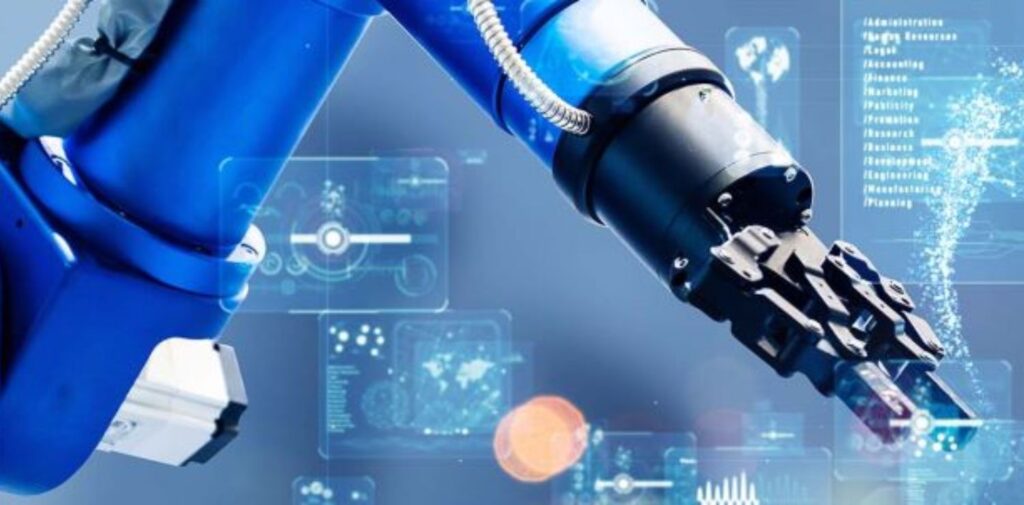India’s healthcare system has always faced challenges due to its vast population, limited resources, and diverse geographical landscape. However, in recent years, a digital revolution has begun to reshape how healthcare is delivered in the country. The integration of digital technologies into healthcare systems is not just improving the quality of care but also making healthcare more accessible, efficient, and affordable. This transformation is creating a more inclusive healthcare environment for all Indians, regardless of location or socio-economic status. This article explores how digital advancements are revolutionizing the India healthcare industry and what the future holds.
The Rise of Telemedicine in India
One of the most significant changes brought about by the digital revolution in India’s healthcare sector is the rise of telemedicine. Telemedicine, which involves providing medical consultations and services remotely using technology like video calls, mobile apps, and online platforms, has proven to be a game-changer for millions of people, especially in rural areas.
Before the digital revolution, access to quality healthcare was a major concern for people living in remote villages and towns. They often had to travel long distances to see a doctor, which was not always feasible due to time, financial, or transportation constraints. However, telemedicine has bridged this gap by allowing patients to consult with doctors from the comfort of their homes.
Several government initiatives have supported the growth of telemedicine in India. The Ministry of Health and Family Welfare launched the National Telemedicine Service under the eSanjeevani platform, which enables remote consultations between doctors and patients. These services are particularly beneficial for elderly patients, people with chronic illnesses, and those living in areas where healthcare facilities are limited. With a smartphone and internet connection, individuals can access medical advice, get prescriptions, and even follow-up care without having to leave their homes.

Electronic Health Records (EHR) and Data Management
Another critical development in the digital transformation of healthcare in India is the adoption of Electronic Health Records (EHR). EHR systems allow healthcare providers to store, manage, and share patient health data digitally, making it easier for doctors to access and update patient records in real-time. This eliminates the need for paper-based medical records, reducing the risk of errors and ensuring better patient care.
With the digitalization of medical records, patients can now carry their health history with them on digital platforms. This means that whenever they visit a new healthcare provider, their records are readily available, ensuring a seamless continuity of care. EHR also plays a significant role in improving the coordination between doctors and specialists, enabling faster and more accurate diagnosis and treatment.
The implementation of EHR systems has been supported by initiatives such as the National Digital Health Mission (NDHM), which aims to create a digital infrastructure for healthcare delivery across India. The goal is to ensure that every Indian citizen has access to a unique health ID and digital health records, making healthcare services more efficient and transparent.
Healthtech Startups: Innovation Driving Change
The rise of healthtech startups is another important aspect of India’s digital healthcare revolution. These startups are leveraging technology to solve various healthcare challenges, from diagnostics to medicine delivery. Healthtech companies are building innovative solutions that cater to the unique needs of India’s diverse population.
For instance, several healthtech startups have developed apps that provide users with access to home-based diagnostic tests, virtual consultations, and health tracking tools. Companies like Practo, Medlife, PharmEasy, and 1mg have revolutionized how Indians access healthcare services. These platforms allow patients to book doctor consultations, order medicines, and even get diagnostic tests delivered to their homes—all through their smartphones.
Moreover, artificial intelligence (AI) and machine learning (ML) are playing an increasingly vital role in improving diagnostics and patient care. AI-powered algorithms are helping doctors detect diseases such as cancer, heart conditions, and diabetic retinopathy at early stages, which significantly improves the chances of successful treatment.
These startups are not only providing solutions for urban populations but are also focusing on reaching underserved rural areas, where access to healthcare facilities remains limited. By offering affordable, accessible, and efficient services, healthtech startups are bridging the healthcare gap in India.

The Role of Mobile Health Apps and Wearables
Mobile health apps and wearable devices have become popular tools in India’s digital healthcare ecosystem. These apps provide individuals with tools to monitor and manage their health conditions, track physical activity, and maintain a healthy lifestyle. Many of these apps are designed to help users with chronic conditions such as diabetes, hypertension, and obesity by providing personalized advice, reminders for medication, and real-time health monitoring.
Wearable devices like fitness trackers, smartwatches, and heart rate monitors are also gaining popularity. These devices allow individuals to track their vital signs, such as heart rate, blood pressure, and oxygen levels, and send the data directly to healthcare providers. This continuous stream of health data enables doctors to monitor patients remotely and make informed decisions about their treatment plans.
In a country where lifestyle diseases are on the rise, these digital tools are proving invaluable in promoting preventive healthcare. By empowering individuals to take control of their health, mobile health apps and wearables are contributing to India’s shift towards a more proactive and preventive approach to healthcare.
Digital Health for Rural India: Bridging the Urban-Rural Divide
One of the most promising aspects of India’s digital healthcare revolution is its potential to bridge the urban-rural healthcare divide. While major cities like Delhi, Mumbai, and Bengaluru have well-developed healthcare infrastructure, rural areas still struggle with a lack of basic medical facilities and trained healthcare professionals. Digital health solutions are proving to be a powerful tool in addressing these challenges.
Telemedicine, in particular, has been instrumental in providing healthcare services to rural populations. Through government-run platforms and private healthtech companies, people living in villages and small towns can now access high-quality medical advice from specialists without traveling long distances. This is especially important for pregnant women, children, and elderly individuals who require regular medical attention.
In addition to telemedicine, mobile health clinics and tele-diagnosis services are bringing healthcare directly to remote areas. These services are equipped with diagnostic tools, medical kits, and digital platforms to conduct consultations, prescribe medicines, and follow up on treatments. By making healthcare more accessible in rural areas, digital health solutions are contributing to a more inclusive healthcare system for all.

The Future of Digital Healthcare in India: India Healthcare Industry
The future of India healthcare industry looks promising as digital transformation continues to expand. With the government’s commitment to improving healthcare infrastructure, more people in India are expected to benefit from digital health services in the coming years. The increased adoption of AI, blockchain, and data analytics in healthcare will make the delivery of services more efficient, transparent, and personalized.
Furthermore, the continued growth of healthtech startups, coupled with public-private collaborations, will ensure that India’s healthcare system remains at the forefront of innovation. With the increasing use of telemedicine, mobile apps, and wearable devices, India is well on its way to creating a healthcare ecosystem that is more accessible, affordable, and efficient for everyone.
In conclusion, the digital revolution in India’s healthcare industry is transforming the way healthcare is delivered and experienced. It is providing millions of Indians with access to quality healthcare, regardless of their location or socio-economic background. As digital health solutions continue to evolve, they will not only improve the quality of care but also help build a healthier and more sustainable future for the country.




